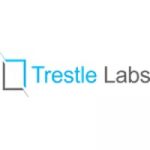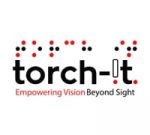This spring 2020 semester, VOSAP started a new batch of students to work on researching the cost benefit for companies and other entities to comply with ADA guidelines. The title of the 12 weeks (Feb 16 to May 21 2021) project is “Projected cost of ADA non-compliance“.
We have three focus areas: employment discrimination, digital accessibility, and building accessibility. We are aiming to find the trends in the last 20 years regarding lawsuits and its costs to entities, and to establish cost of compliance vs non-compliance, may be complying with ADA guidelines would save these entities a lot of money.
Because there is lot of primary (intervies with lawyers, businesses, NGOs in disability, Persons with Disabilities) and secondary data to be collected, analyzed and presented, we have decided to narrow our scope to Federal level and 2 states level research – California and Texas. What motivated us to start this project is that the employment gap between abled and specially abled people has not changed in the last 30 years. Overall, the income level for specially abled people has settled at USD $21,000 per year for the last 12 years. Furthermore, in 2018, it was estimated that only 15% of Americans with disabilities had a college degree, and 65% of this population were unemployed.
Digital and building accessibility are also extremely vital to consider. Specially abled people deserve to use digital devices, and companies that create these digital devices have a task to make this inclusive for all individuals. Building accessibility is a given; nothing is more frustrating than needing to enter a building, but not being physically able to because of a lack of a ramp, a push button to open a door, or lowered drinking fountains.
ADA lawsuits are increasing each year. In 2019, the number of ADA lawsuits passed 11,000 for the first time (ref3). In 2018, they passed 10,000 for the first time. Sadly, these numbers only refer to federal lawsuits; reports note that there are many more lawsuits happening at the state level. These statistics tell a simple story: there needs to be change in our society that makes it more inclusive.
Findings could be helping policy makers to potentially review, consider amendments to ADA and for businesses to look at cost/benefit for compliance. Through our research, we want to convince policymakers, companies, and other entities to make the required changes to mainstream 40 MN Specially Abled People in the US.
To read the executive summary click HERE






























